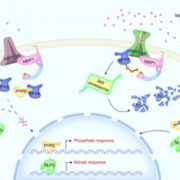
Nitrate–NRT1.1B–SPX4 cascade integrates N and P signaling networks (Nature Plants)
Plant Science Research WeeklyPlants need several mineral nutrients for their optimal growth and development. This is contingent on a proper nutrient balance particularly between the two most required essential elements, nitrogen (N) and phosphorus. Even though considerable success has been achieved in understanding the molecular…
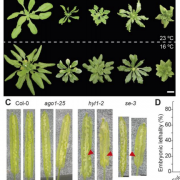
Alternative usage of miRNA-biogenesis co-factors in plants at low temperatures (Development)
Plant Science Research WeeklyAs in animals, plants produce microRNAs that are also key developmental regulators. Unlike some animals, plants are more exposed to environmental factors that alter cellular processes. Ré et al. show here that phenotypic defects produced by loss-of-function mutations in key proteins of Arabidopsis miRNA…
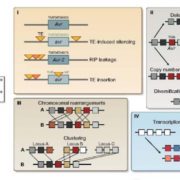
Insight: Rapid evolution in plant – microbe interactions (New Phytol)
Plant Science Research WeeklyPlants and associated microbes co-exist and co-evolve over time. The rate of evolution is higher in pathogens as compared to plants. Although the phenotypic consequences of rapid evolution in pathogens are well studied, changes at genomic level are not as well known, and are the subject of a recent review…
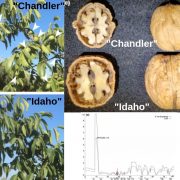
Genomic regions associated with economic traits in walnut (Plant Breeding)
Plant Science Research WeeklyThe bearing habit refers to the location of flower buds in woody plants. For walnut cultivars, lateral bearing is preferred for its yield superiority. Deciphering its genetic architecture would improve seedling and sapling selection. Here, Aradhya et al. performed a SNP-based linkage map to estimate…
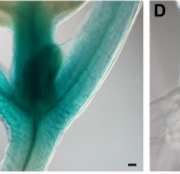
Fear Not the Unknown: OPENER as a Study in Shedding Light on Genes with Unknown Function
Research, Research Blog, The Plant Cell: In BriefGenome sequencing has become (relatively) cheap and easy, but assigning functions to the genes identified remains challenging—even in exhaustively studied species such as Arabidopsis thaliana, where functions of ~30% of genes remain unknown. Many of these genes likely have functions that are essential,…
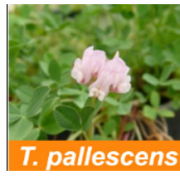
Looking Over Allopolyploid Clover
Research, The Plant Cell, The Plant Cell: In BriefThe allotetraploid species white clover (Trifolium repens) resulted from hybridization of two diploid European species whose extant relatives are found only in limited regions–– T. occidentale is a creeping clover found only in saline areas near the shores of Western Europe and T. pallescens is found…

The MICOS Complex in Plant Mitochondria
Research, The Plant Cell, The Plant Cell: In a NutshellLi et al. reveal a complex regulatory network defining mitochondrial, chloroplast and endoplasmic reticulum function.
Plant Cell https://doi.org/10.1105/tpc.18.00885
By Lu Li1, Anastasiya Lavell2, Xiangxiang Meng1, Oliver Berkowitz1, Jennifer Selinski1, Allison van de Meene3, Chris Carrie4, Christoph…

Recognizing Plant Direct first authors: Bhuvan Pathak
Plant Direct, Plant Direct: Author ProfilesBhuvan Pathak, co-first author of Heat-shock inducible CRISPR/Cas9 system generates heritable mutations in rice
Current Position: Senior Graduate Assistant
Education: PhD candidate, University of Arkansas, Fayetteville, USA; MS Agronomy (2010) University of Florida, Gainesville; MS in Biotechnology…
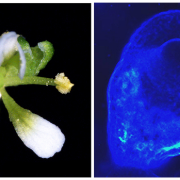
Stem Cell Termination in Flowers
Research, The Plant Cell, The Plant Cell: In a NutshellSun et al. elucidate the series of events leading to floral stem cell termination.
Plant Cell https://doi.org/10.1105/tpc.18.00450
By B. Sun and T. Ito
College of Life Sciences, Nanjing Agricultural University, China; Biological Science, Nara Institute of Science and Technology and Temasek…

